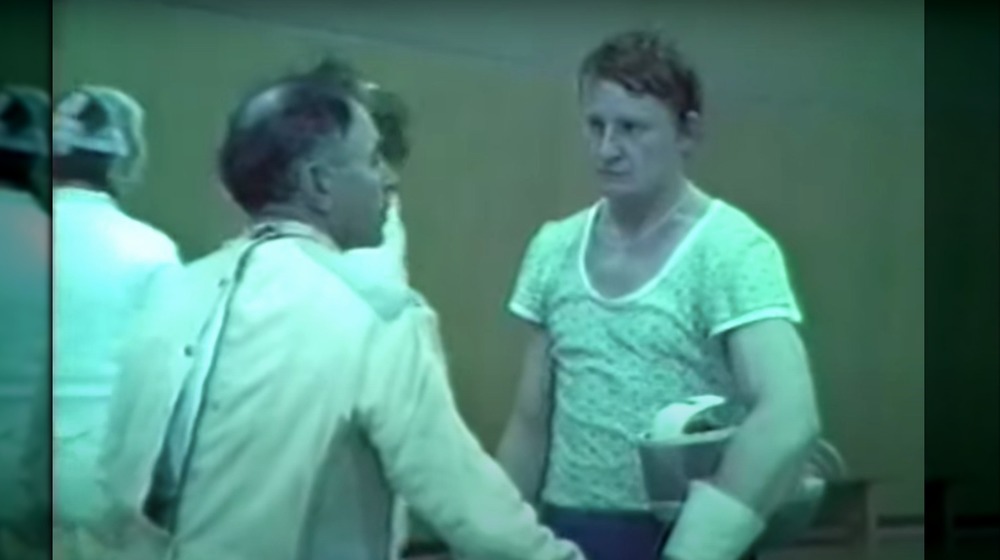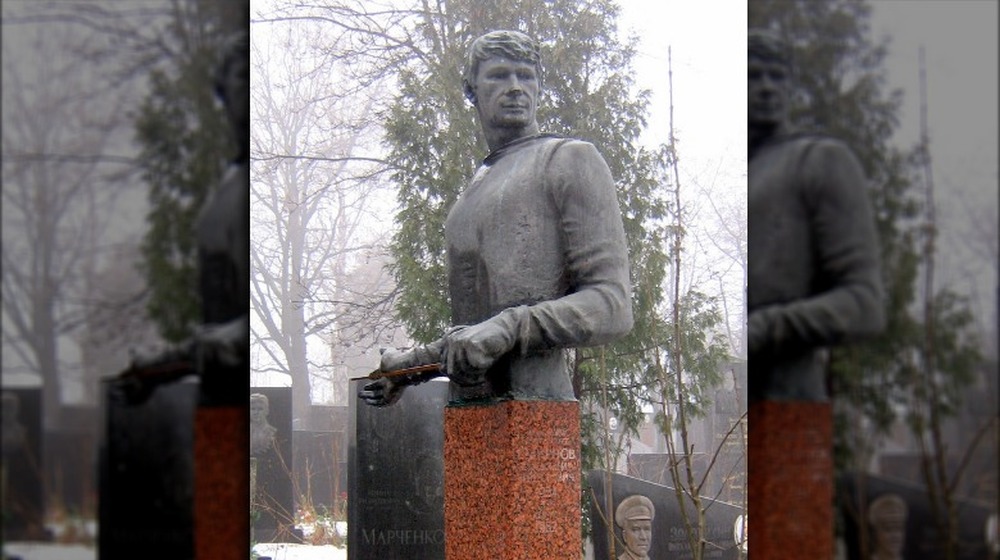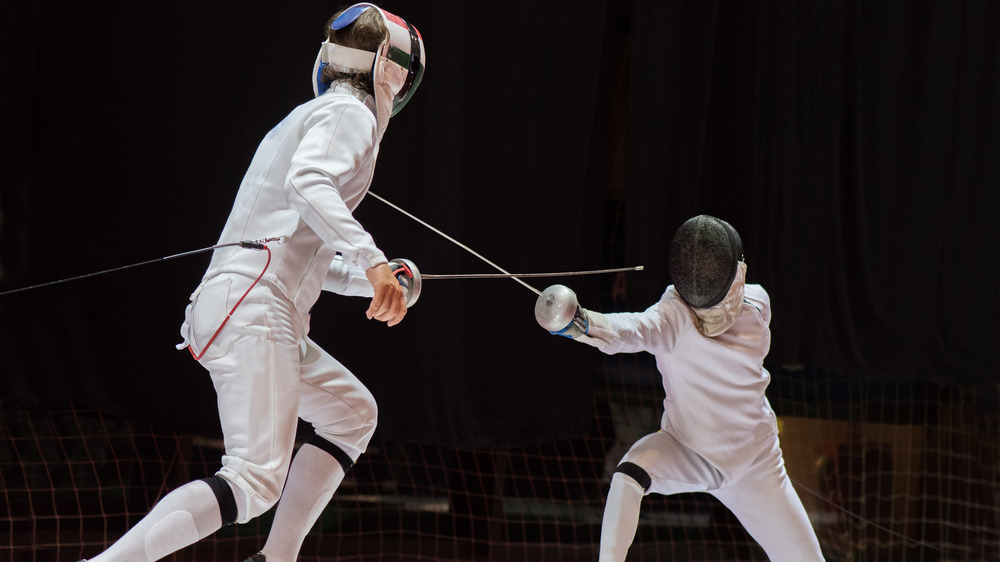The Tragic Death Of Olympic Fencer Vladimir Smirnov
Although it's a sport that involves two highly athletic competitors going at each other with swords, fencing is actually much safer than many other popular sports. A five-year study by sports science professor Dr. Peter Harmer found that it is especially safe for children and youth. In a letter to the Washington Fencing Academy, Harmer, who is a member of the medical commissions of both the United States Fencing Association and International Fencing Federation, wrote that soccer is 14 times more dangerous than fencing, and basketball 10 times more dangerous. Of the 22 sports examined in the study, fencing was found to be tied with golf as having the least risk to players. The study also found that in the decade preceding 2005, there were 143 deaths in high school and college football, 63 in basketball, and 20 in soccer. "The research data clearly indicate that it [fencing] is a very safe activity, particularly for novices," wrote Harmer.
While there have been no fatalities in fencing's 100-year history in the United States, there were three deaths from fencing-related injuries in competitions worldwide from 1995 to 1997. And one particularly gruesome and tragic death in the 1982 World Championships, when a fluke accident caused the death of Russian Olympic fencer Vladimir Smirnov. The incident would rock the fencing world and be a watershed moment in terms of safety in the sport.
An equipment failure caused the death of Vladimir Smirnov
"Despite the general (mis)perceptions about the dangers involved with participating in fencing," wrote Harmer, "the research data clearly indicate that it is a very safe activity, particularly for novices in well supervised and carefully organized teaching situations run by experienced coaches with good equipment." We added the emphasis to those last two words because they have turned out to be crucial to safety in the sport of fencing. There are three different types of fencing swords – foil, épée, and saber — and there are different sets of rules and types of equipment that ensure both safety and a good show for all involved.
Vladimir Smirnov was particularly adept at the foil and épée. He may have been the best fencer in the world at the time of his death. In the 1980 Olympic Games in Moscow, he took the gold medal in the Men's Individual Foil competition, the silver in the Men's Foil Team competition, and the bronze in the Men's Épée Team competition. He was the world foil champion the following year, but, as The New York Times reported, when he went to Rome to defend that title in 1982, he suffered a tragic and fatal accident. Mattias Behr of West Germany, himself an Olympic gold winner, broke his foil on Smirnov's suit, and his inertia drove the jagged edge of it into the Russian's eye socket, piercing his brain. He died ten days later.
The death of Vladimir Smirnov caused a sea change in fencing safety
In 2012, Reuters reported how Smirnov's death forever changed the sport of fencing. Ioan Pop, of the International Fencing Federation said that "[i]t was absolutely the accident and the death of Smirnov in 1982, in Rome," that made safety paramount in fencing. Carbon steel blades like the one that pierced Smirnov's face mask have been replaced with a more durable material called maraging steel. Suits are now made with Kevlar or super-strong nylon, and the masks have been upgraded as well. These improvements have greatly decreased the rate of severe injuries in the sport, making it one of the safest competitive activities on the planet.
Technological upgrades have also made fencing more accurate and enjoyable to watch. It is widely believed that the only objects moving faster than the tip of the fencing blade at the Olympics are the bullets in the marksmanship competitions. Visibility has been improved by wrap-around floor lighting, and electronics in the competitors' suits alert officials to valid hits on target. The slow-motion instant replay has also added more transparency to the scoring in a sport that previously depended on the subjective decisions of referees who could be swayed by national interests. There have been only seven deaths in international fencing since Smirnov's, so while his legacy surely wasn't what he'd hope it would have been, his death did make the sport much safer for subsequent generations.


